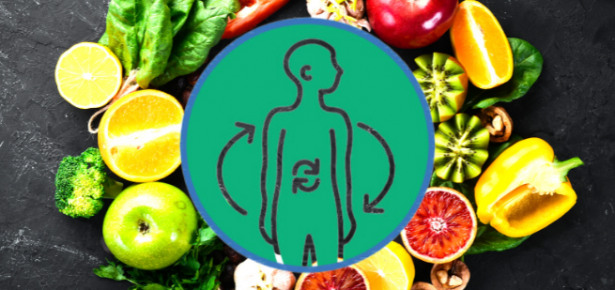
Olive oil was first produced somewhere around 4000 BC. Now we have a range of vegetable and animal fats available – sunflower, safflower, rapeseed, beef suet, butter and others. Chemically these fats are all called triacylglycerols. The name means that the small molecule (related to alcohol) called glycerol has attached to it three ‘acyl’ groups – meaning three fatty acids. As we saw in Blog 3, these fatty acids may be saturated – in which case we get a relatively solid fat like suet – or unsaturated, which makes the fat more liquid.
But when these triacylglycerols are used in metabolism, they are converted within our bodies to the separate fatty acids (and glycerol). So, if we eat something drenched in olive oil, an enzyme in our small intestine, called pancreatic lipase [it comes from the pancreas, and a lipase is an enzyme that splits up fats, or lipids] will split off the fatty acids, and these are taken up into the cells lining the intestine. But before they enter the bloodstream, these fatty acids are recombined to make triacylglycerols, and these circulate around to reach tissues such as adipose tissue (fat storage tissue) where they can be taken up to be stored. Even that process involves the triacylglycerol being split by a lipase and the fatty acids entering the cell, where they are once again recombined for storage as a triacylglycerol. The process of splitting triacylglycerols into fatty acids (and glycerol) and recombining them occurs at many stages of fat metabolism. Splitting up a triacylglycerol is generally called lipolysis; recombing them is generally called esterification, because the links between the fatty acids and the glycerol are chemically called ‘ester’ links.
Actually the splitting up is a familiar process. It is how we make soap. Fats (typically harder animal fats) are heated with a strong alkali (usually sodium hydroxide, caustic soda) which breaks the bonds with the glycerol. This produces fatty acids in the form of their sodium salts (e.g. sodium palmitate, sodium stearate) – and this is soap. As we saw in Blog 3, each fatty acid has one end that ‘likes water’ and one end that ‘likes fat’. So these fatty acids make a bridge between greasy dirt and the water we are using to wash our hands, and the grease can be washed away. So far as I know, no soap make has ever tried to recombine the fatty acids with glycerol to make triacylglycerol – but that reaction happens all the time in our bodies.

Title: Understanding Human Metabolism
Author: Keith Frayn
ISBN: 9781009108522
Latest Comments
Have your say!